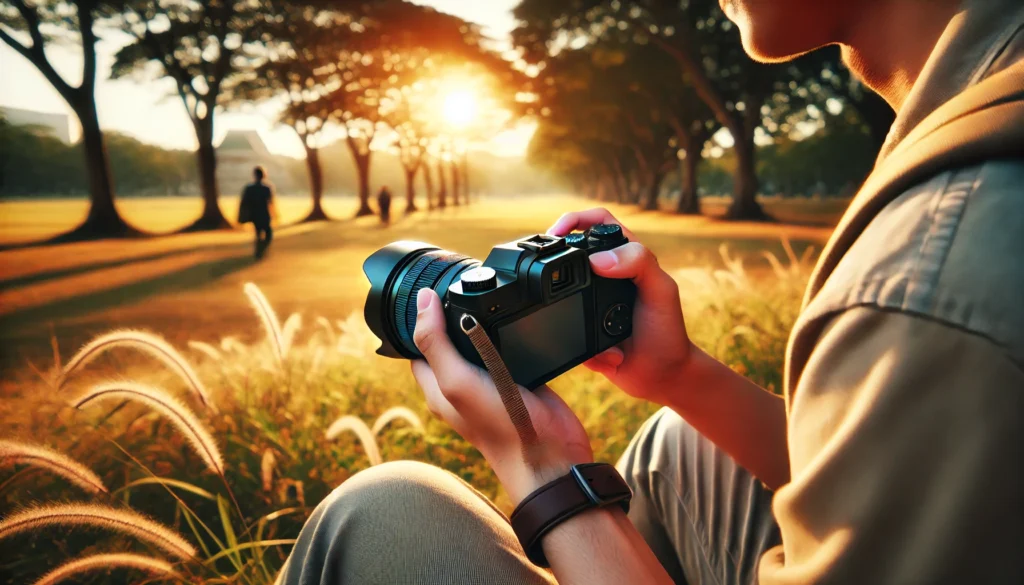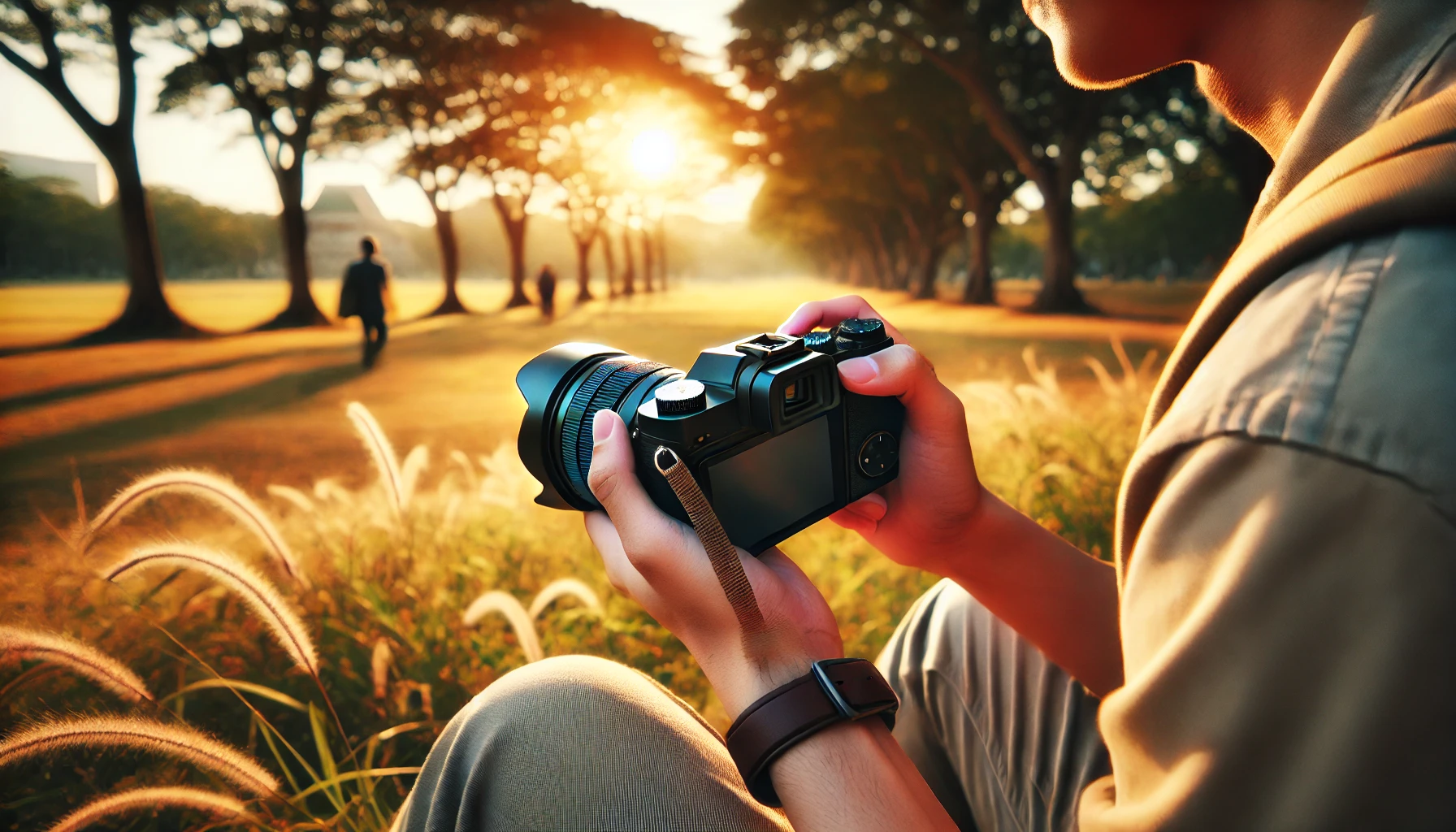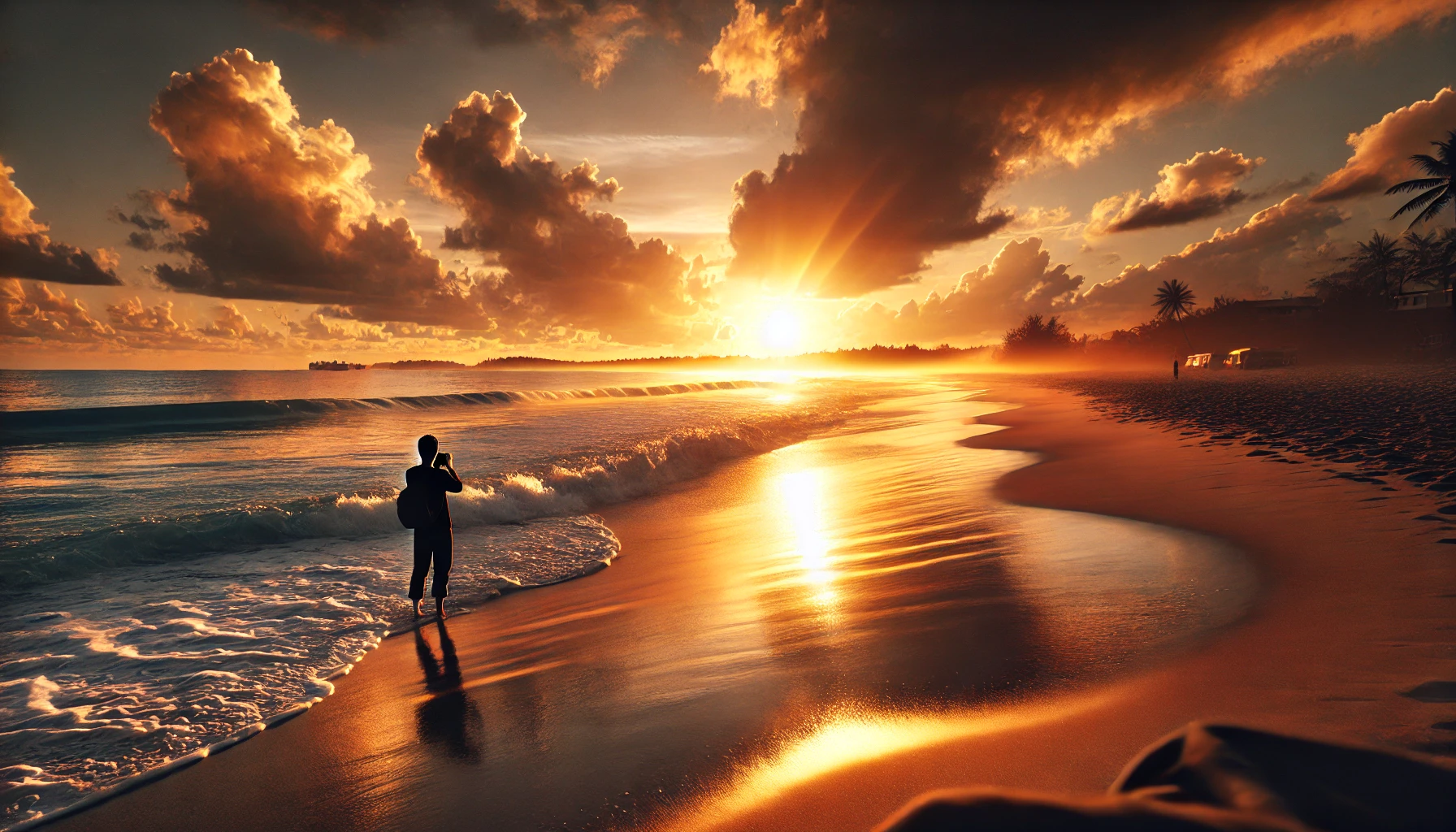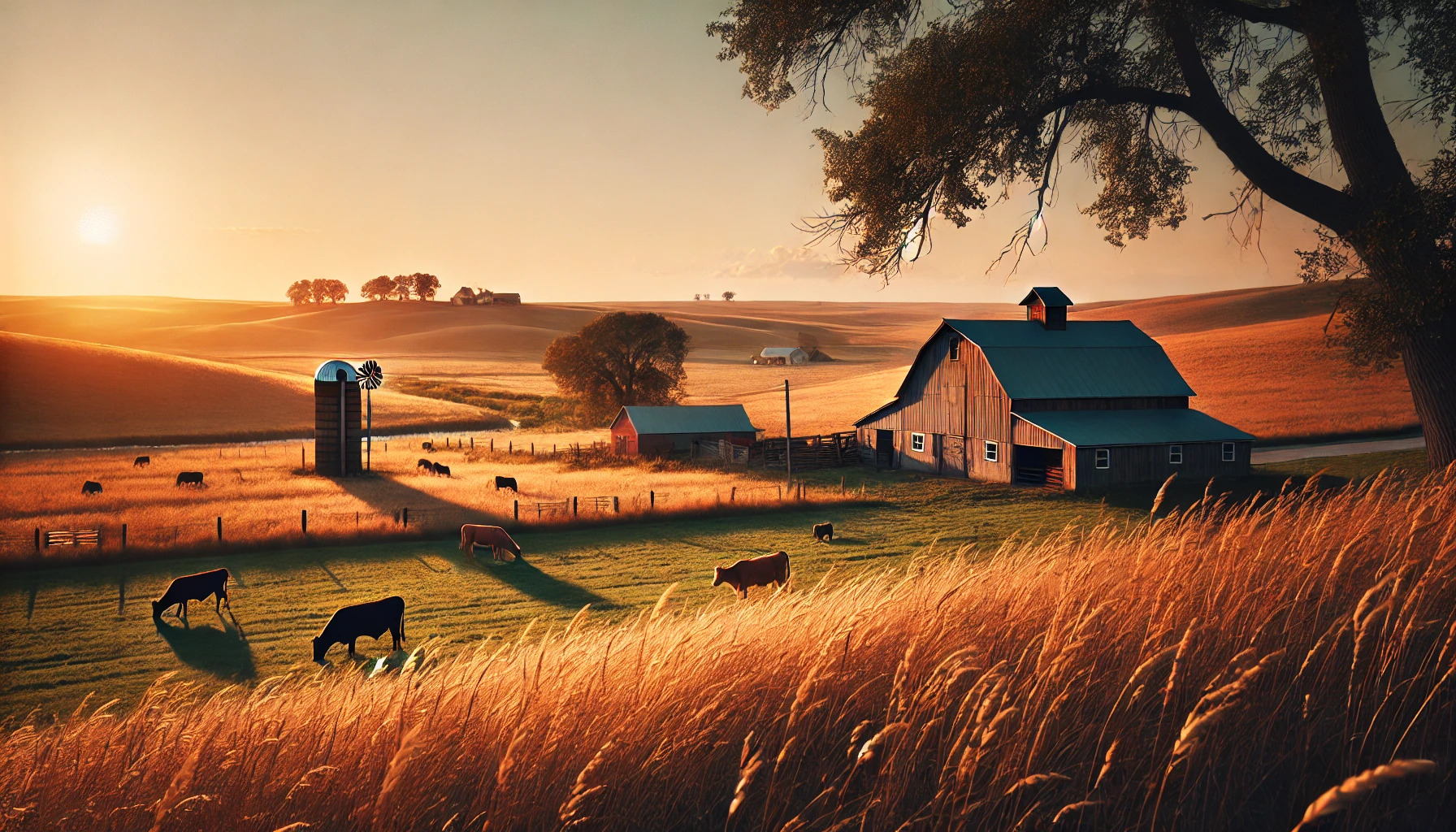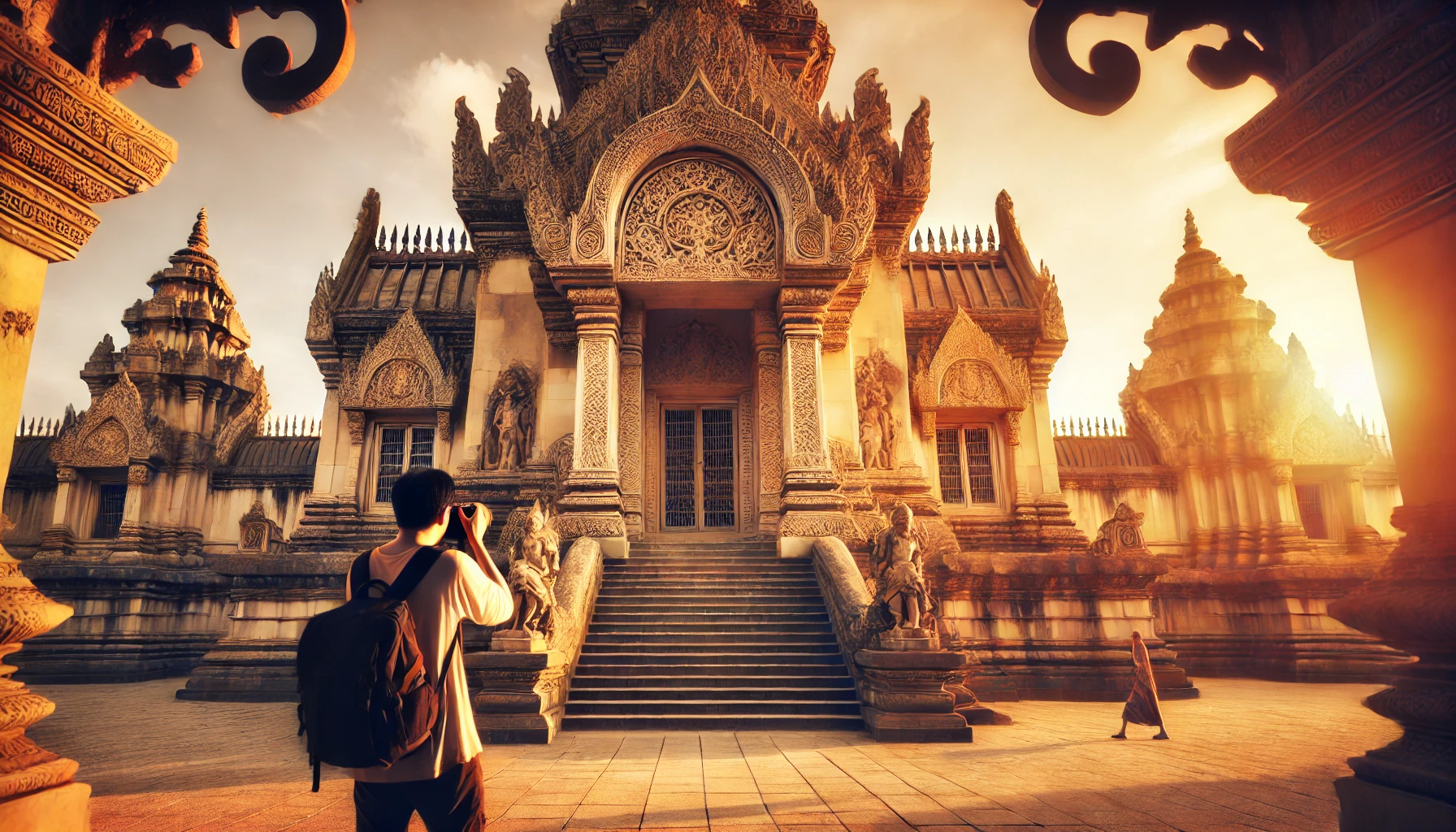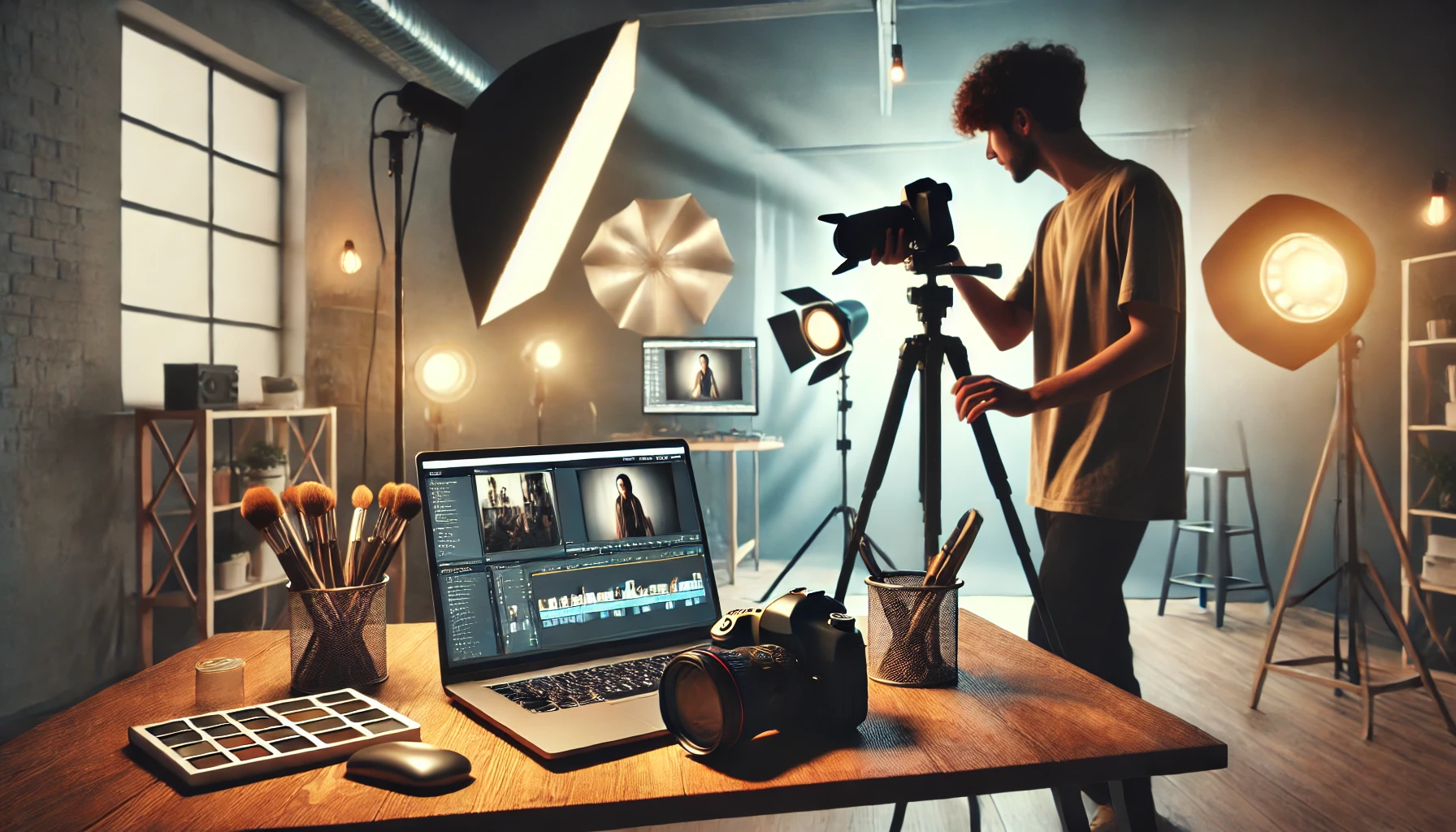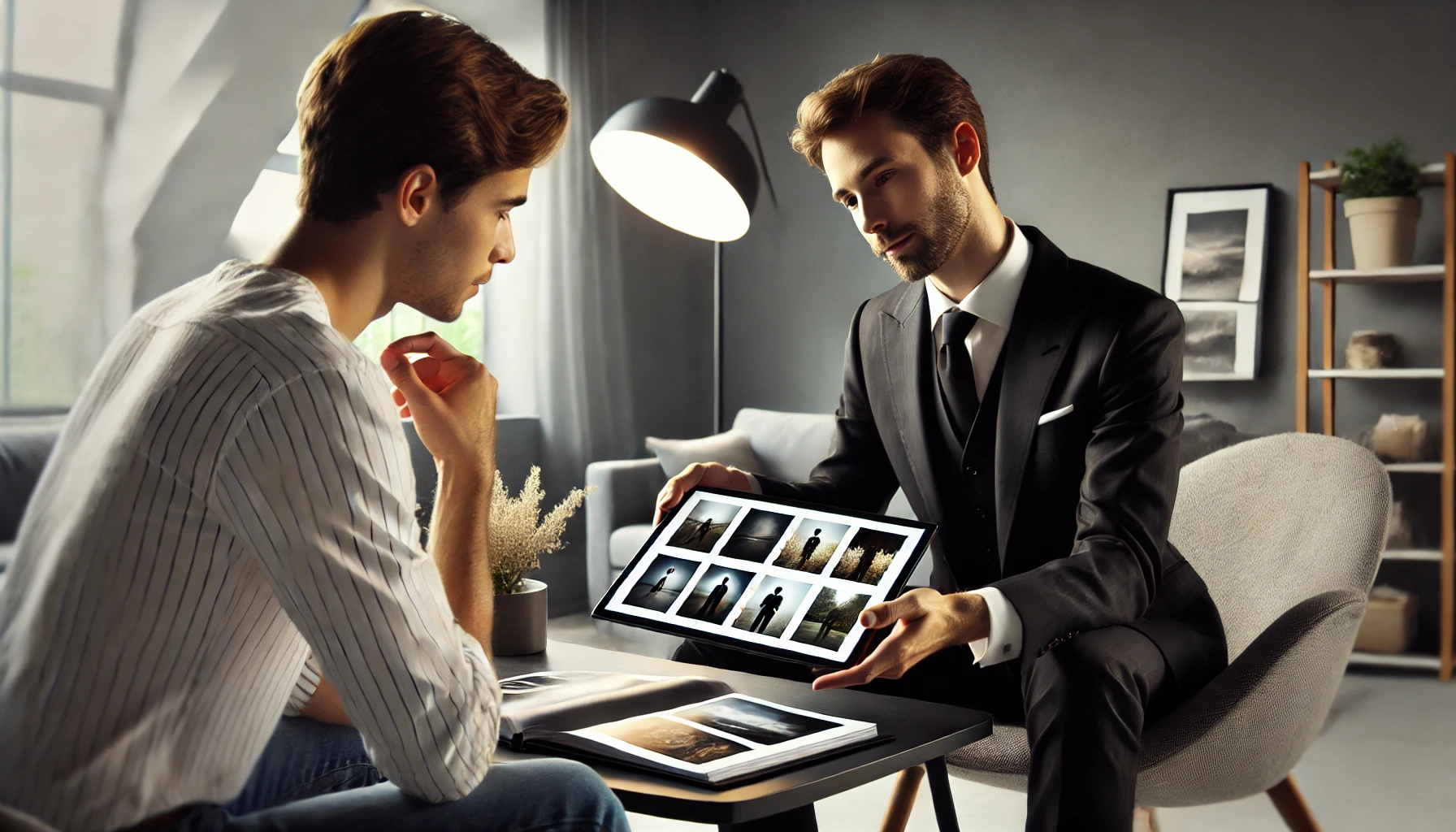Why Photography as a Hobby is a Great Way to Learn
Photography as a hobby isn’t just a fun way to spend your time, it’s also an excellent method to develop your photography skills without the pressure of professional work. When you’re outside the work environment, free from deadlines or client expectations, you can explore your creativity and learn new techniques at your own pace. Whether you’re on a walk in the park, on vacation, or simply at home, leisure photography provides countless opportunities to practice.
If you’re new to the world of photography and don’t know where to start, this article is for you! We’ll go over some simple and effective tips to help you improve your photos while having fun.
1. Start with What You Have
For many, the biggest obstacle to starting photography is the belief that you need expensive, high-tech equipment. The good news is, you can start with what you already have, like your smartphone. Many smartphones today have high-quality cameras and offer a variety of features that are perfect for beginners.
If you already have a camera, great! Use it to experiment with different settings and features. However, keep in mind that technique and creativity are much more important than the equipment.
2. Understand Lighting
One of the most important things you’ll learn in photography is how lighting affects your photos. When photographing for fun, you’ll often be shooting outdoors, and natural light can be your best friend. Here are some tips for making the most of lighting:
- Daylight: The soft light of early morning or late afternoon (the “golden hour”) provides softer lighting and creates interesting shadows.
- Avoid Noon: During midday, direct sunlight can cause harsh shadows and strong contrasts. If possible, try to shoot before 10 AM or after 4 PM.
- Use Natural Light: Make the most of sunlight to illuminate your scene or to create dramatic effects like silhouettes.
3. Experiment with Different Angles
One of the best ways to improve your photos quickly is to start experimenting with different angles. Don’t settle for the first viewpoint you find. Here are some ideas:
- Get Low: Try shooting from a lower point of view to give your image a different feeling.
- Shoot from Above: Shots taken from above can create interesting patterns, especially when photographing objects like food, plants, or even groups of people.
- Change Your Distance: Getting closer or farther from your subject can completely change the feel of the photo.
4. Composition: What Should Be in Your Frame?
Composition is key to a good photo. One of the most well-known rules is the rule of thirds, which involves dividing your image into three horizontal and vertical sections and placing key elements at the intersections of those lines. This technique helps create more balanced and interesting photos.
Other composition tips include:
- Natural Lines: Use naturally occurring lines in your scene (roads, rivers, paths) to guide the viewer’s eye.
- Negative Space: Leave empty spaces around your subject to create a sense of simplicity and focus.
5. Capture Spontaneous Moments
One of the biggest advantages of leisure photography is the opportunity to capture spontaneous, genuine moments. Instead of trying to pose your photos, pay attention to the situations and emotions around you. If you’re with friends or family, wait for natural moments of laughter, interaction, and fun.
Don’t be afraid to take multiple shots and experiment with different settings to capture the best moment.
6. Don’t Be Afraid to Make Mistakes
With leisure photography, there’s no pressure. This means you have complete freedom to experiment and make mistakes. Learn from your errors and don’t get discouraged. Every photo you take, whether it’s good or bad, teaches you something new. If the photo doesn’t turn out as expected, try to understand what went wrong and how you can fix it next time.
7. Editing: Enhancing Your Photos
After taking your photos, the next step is editing. There are many easy-to-use apps like Lightroom or Snapseed that can help enhance your images. With editing, you can adjust brightness, contrast, saturation, and other details to give your photos that extra touch.
Remember, as a beginner, you don’t need to be an expert in editing. Start with simple adjustments and, as you gain experience, you’ll learn to work with more advanced edits.
Conclusion
Leisure photography is a fun and creative way to improve your photography skills. With these simple tips, you can start capturing special moments with more confidence and style. Don’t forget to explore, experiment, and, most importantly, have fun while learning.
